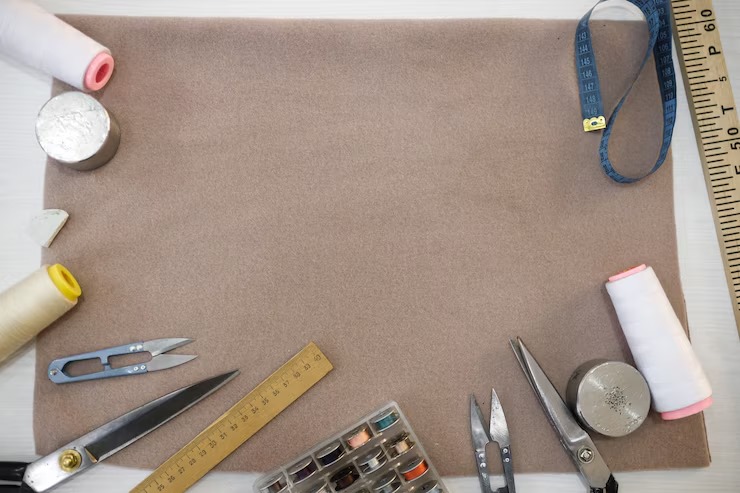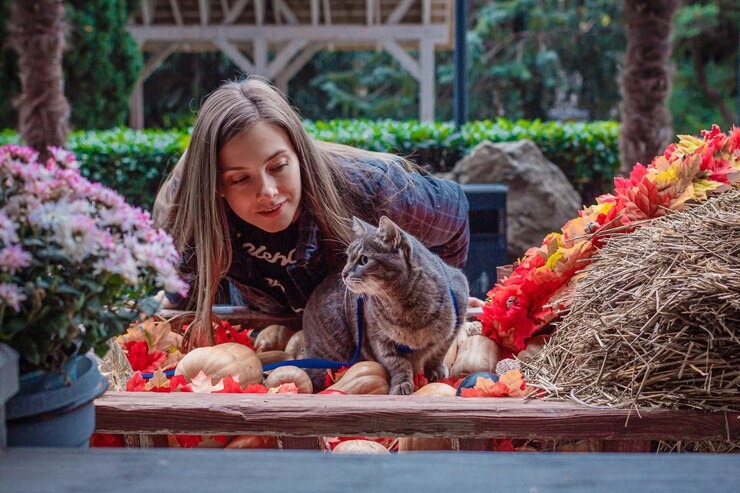Knowledge of the many Nahttypen, or forms of seams, is vital in the sphere of fabric design and sewing. More than only joints, seams define a garment or textile product’s appearance, functionality, and lifespan. Selecting the appropriate seam might completely transform the end result.
Nahttypes are what?
Nahttypen is used to describe different kinds of stitching used to join two or more fabric pieces. Every seam has a particular use, whether it be for looks, durability, or flexibility. The fabric kind, garment use, and design approach will guide seam selection.
1. Straight Seams: The Most Common Nahttypen
Among Nahttypen, the most fundamental and often used is the plain seam. Two fabric pieces are right sides together then seamed along the edge. Although it’s basic, it’s perfect for everyday clothes and delicate materials.
2. French Seam: Ideal for Soft Materials
Giving a clean and professional finish, a French seam encloses raw edges inside a second seam. Fine materials like chiffon and silk often employ this kind of Nahttypen. Without a serger, it gives sophistication and stops fraying.
3. Flat-Felled Seam: strong and long-lasting.
Among Nahttypen, the flat-felled seam stands out when strength is important. Frequently seen in sportswear and jeans, it conceals raw edges by folding and sewing the seam twice. It’s strong, smooth, perfect for clothes needing regular cleaning or wear.
4. Decorative and Functional Option Bound Seam
To enclose raw edges, the bound seam employs fabric strips or bias tape. It serves both beauty and function amongst Nahttypen. It’s particularly helpful in unlined clothing where conspicuous seams have to seem tidy and sophisticated.
5. Great for Non-Fraying Fabrics: Lapped Seam
One piece of cloth over another is lapped then stitched down, lapping seams. Leatherwork or felt-made apparel often feature this Nahttypen, which is strong and offers a neat, flat outer appearance.
6. Double-Stitched Seam: Further Reinforcement
Among Nahttypen, double-stitched seams are preferred for clothes needing extra durability. It has two rows of stitching for extra strength, as the name implies. It is frequently seen in activewear and children’s clothes.
7. Serged Seam: Rapid and Effective
Common in contemporary garment manufacture, the serged seam One run of this Nahttypen trims, sews, and overlocks borders using a serger machine. It’s quick, stops fraying, and is perfect for knit textiles.
8. Piped seam is ideal for decorative embellishments.
A piped seam elevates a raised edge by adding a piping cord between two sections of fabric. More emphasis is given to style than strength in this Nahttypen. It is sometimes seen in upholstery, cushions, and designer clothes to add flair.
Why Understanding Various Nahttypen Matters
To get professional-quality results, one must select the appropriate Nahttypen. It influences the fit, feel, and durability of a garment. Knowing seam styles improves both looks and utility whether you’re creating home décor, formal gowns, or casual clothing.
Conclusion: Mastering Nahttypen in Fabric Design
From the simplicity of a simple seam to the strength of a flat-felled one, every Nahttypen plays a particular role in fabric design. Studying these variations helps sewists and designers to raise the originality and quality of their work. Truly, seam mastery is a foundation of textile craftsmanship.











